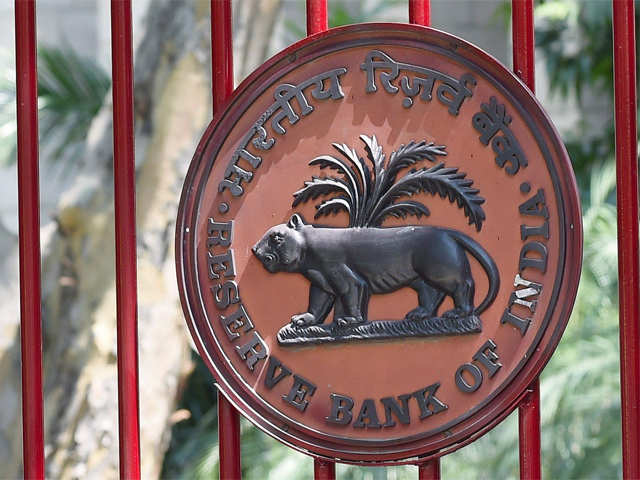INSUBCONTINENT EXCLUSIVE:
Authors: JordanCentral banks are not known to be trigger happy
Indeed, it has often been criticised for being much too cautious, especially when it comes to loosening its grip on capital account
transactions with the rest of the world.
So, what explains the sudden move to liberalise investment by foreign portfolio investors in the
debt market Is liberalisation of shortterm, admittedly volatile, overseas flows the best remedy to tackle emerging pressure points in
longterm financial stability Perhaps.
The clause that locked in overseas portfolio investment in government securities for at least three
Foreign portfolio investors can now buy bonds with residual maturity of just one year
Their aggregate holding in government securities (G-Secs) has also been raised from 20% to 30%.
Not content with that, following on the
heels of the first round of relaxations, two days later, RBI announced further relaxations to incentivise foreign portfolio investment (FPI)
Remember, all this comes on top of the hike in investment limit for FPIs in GSecs and corporate bonds, announced in early April.
The net
One, it turns the clock back on past efforts to incentivise long-term, rather than short-term, inherently destabilising capital flows
Two, it makes India much more attractive to those looking to make a fast buck, riding on the difference in interest rates between India and
the advanced world, the infamous carry-traders who borrow funds at absurdly low rates overseas and invest, typically, in risk-free G-Secs,
at 7-8%.
Exchange RiskThere is, of course, an associated exchange risk in case the rupee depreciates, since the investments are in
rupee-denominated instruments
Even so, the Indian debt market, which has always been attractive for overseas investors, has now become doubly so
With possibly dangerous consequences, thanks to RBI.
The central bank has not given any reason for diluting its time-tested restrictions on
FPI in rupee-denominated debt or easing restrictions on external commercial borrowings
Its decision was, undoubtedly, driven by the desire to address two key pain points facing the macroeconomy: a dramatic worsening in the
external balance (both trade and current account deficit have widened significantly) and higher borrowing costs (interest rates have
current fiscal (October-December 2017) widened sharply to end close to the danger zone of 2% of GDP, up from 1.4% in the corresponding
growing fears over our increasing vulnerability on the external front
Not with oil prices set to rise and US interest rates likely to rise faster than envisaged earlier.
Choppy WatersUnfortunately, just when
there is growing disquiet over the external health of the economy, the internal health is also looking increasingly precarious
After a short correction, the yield on risk-free G-Secs rose by as much as 43 basis points in April
the external sector and the bond market looking increasingly vulnerable, some action was clearly warranted
Hence, the decision to ease restrictions on FPI inflows into the debt market
Prima facie, this is an easy option
Higher FPI inflows can help finance a burgeoning (threatening) CAD
At the same time, increased demand for GoI/corporate debt at a time when public sector banks are staying away from government debt could
help reduce the pressure on yields
History does not lend much comfort when it comes to dependence on short-term debt flows
Yes, to the extent investments are in rupees, rather than dollar-denominated debt, it does mitigate the risk
But it does not eliminate it.
If and when sentiment turns against India and investors want to exit, externalising the repayments (converting
into dollars) could put enormous pressure on the rupee, and imperil our financial stability.
Has RBI, in its search for easy answers, opted
for a quick-fix solution that may endanger our hard-won, long-term financial stability Only time will tell.

